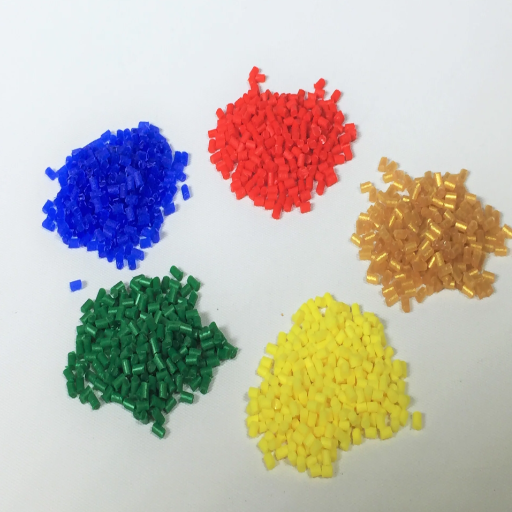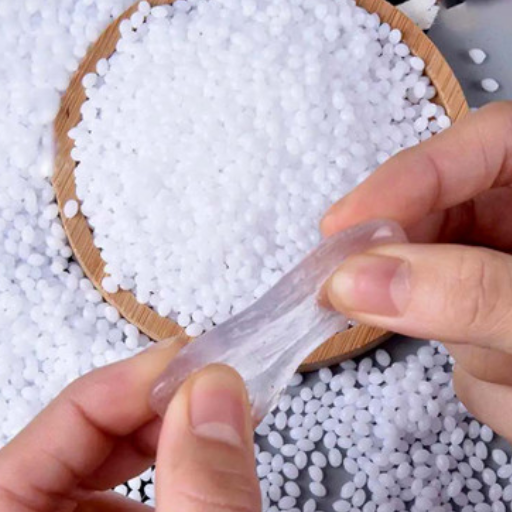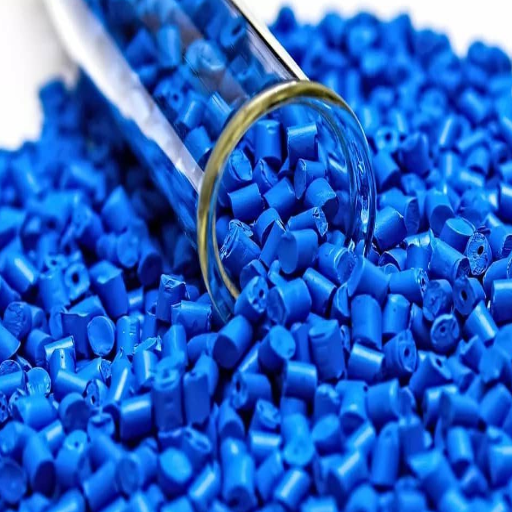Plastic is an integral part of our daily lives, from packaging materials to technological components, yet many remain unaware of its hidden environmental cost. Among the most pressing concerns is the significant amount of oil required for plastic production, a process that ties the plastic industry deeply to fossil fuels. This blog post aims to explore the intricate relationship between oil and plastic manufacturing, shedding light on how much oil is used, the chemical transformations involved, and the broader implications of this dependency. By understanding these processes, you’ll gain insight into the environmental challenges we face and the steps needed for a more sustainable future.
What is the relationship between oil and plastic?
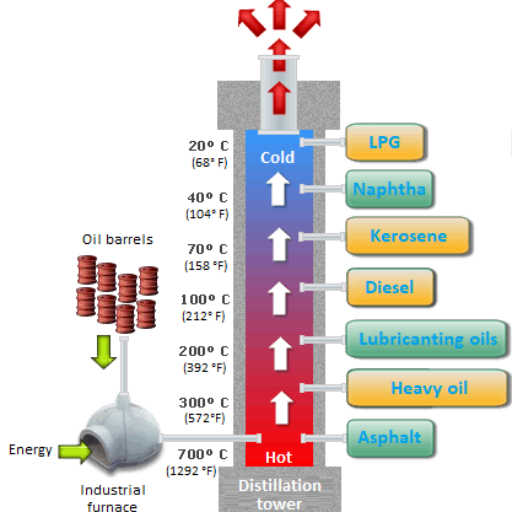
Oil serves as the primary raw material for producing plastics, with around 4-6% of the world’s oil consumption dedicated to plastic manufacturing. Crude oil is refined to extract hydrocarbons, particularly ethylene and propylene, which are key building blocks in the creation of polymers. These polymers are then processed to form the various types of plastic materials used globally. The dependence on oil not only ties plastic production to fossil fuel extraction but also raises concerns about carbon emissions, resource depletion, and environmental pollution, making it a critical issue in discussions about sustainability.
How are plastics derived from crude oil?
Plastics are derived from crude oil through a series of chemical processes. First, crude oil undergoes refining, where it’s separated into various components, including naphtha, a crucial feedstock for plastic production. Next, naphtha is utilized in a process called cracking, which breaks down larger hydrocarbon molecules into smaller ones, such as ethylene and propylene. These smaller molecules are then subjected to polymerization or polycondensation reactions, forming long polymer chains that constitute the basis of plastics. The resulting polymers are further processed with additives to create different types of plastics, tailored for various applications. This interconnected process highlights the dependence of plastic production on petrochemicals and energy-intensive procedures.
What role does petroleum play in plastic production?
Petroleum plays a fundamental role in plastic production as it serves as the primary raw material for creating most plastics. Through refining processes, crude oil is transformed into petrochemical derivatives such as ethylene, propylene, and other hydrocarbons, which act as building blocks for polymers. These materials undergo chemical reactions, like polymerization, to form plastic resins. Additionally, petroleum provides the energy required for production and processing, making it integral not only as a source material but also in powering the energy-intensive steps involved. This dependency underscores the link between plastics and fossil fuels, impacting sustainability and environmental considerations.
Are all plastics made from oil and gas?
Not all plastics come from oil and gas. Although most plastics today are still derived from fossil fuels, some are made from renewable bio-resources such as corn starch, sugarcane, or algae. These bioplastics can serve the same functions as conventional plastics but have different environmental impacts. Some plastics are manufactured from recycled materials, reducing the dependency of new, virgin petroleum-based products. Still, the adoption and production of these alternatives is limited compared to conventional plastics, due to cost, scalability, and infrastructure issues.
How is plastic made from oil in the manufacturing process?
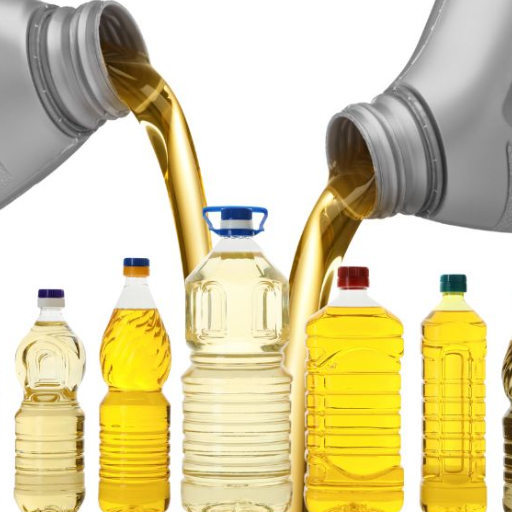
The process of making plastic from oil begins with the extraction of crude oil, which is then transported to a refinery. At the refinery, the oil undergoes a process called fractional distillation, where it is separated into its components based on boiling points. One key component, naphtha, is crucial for plastic production. Naphtha is then subjected to a process called cracking, where heat and pressure break larger hydrocarbon molecules into smaller ones like ethylene or propylene. These smaller molecules serve as the building blocks, or monomers, for plastics. The monomers are then chemically bonded together in a polymerization process to form long chains called polymers, which are the basis of plastic. Finally, these polymers are processed into pellets or resins, which manufacturers mold into a wide variety of plastic products.
What happens at the oil refinery?
At the oil refinery, crude oil is transformed into various useful products through a series of complex processes. The primary steps include distillation, where crude oil is heated and separated into different components based on boiling points, such as gasoline, diesel, and kerosene. These components are then further refined through processes like cracking, which breaks down larger hydrocarbon molecules, and reforming, which alters chemical structures to enhance product quality. Additional treatments remove impurities, ensuring the final products meet environmental and industrial standards. The output from refineries is essential for producing fuels, lubricants, and raw materials for chemicals and plastics.
What is the role of naphtha in plastic production?
Naphtha plays a critical role in plastic production as it serves as a key feedstock in the creation of various plastics. When naphtha undergoes a cracking process in petrochemical plants, it produces essential building blocks like ethylene, propylene, and other hydrocarbons. These compounds are then polymerized to form materials such as polyethylene and polypropylene, which are used to manufacture a wide range of plastic products.
How does polymerisation work in creating plastic materials?
Polymerization, the formation of plastic materials, is a process in which small molecules referred to as monomers are chemically linked into long chains called polymers. There are two types of polymerization: addition and condensation. In addition polymerization, ethylene and propylene monomers bond together to form polyethylene and polypropylene without losing any byproducts in the process. Condensation polymerization is the process of forming materials such as nylon or polyester, where the monomers react with the elimination of small molecules like water. Industrial and commercial requirements are often met through the use of heat, pressure, catalysts, or any other means which control the reaction speed and property of the resultant polymers.
What types of plastic can be made from oil?
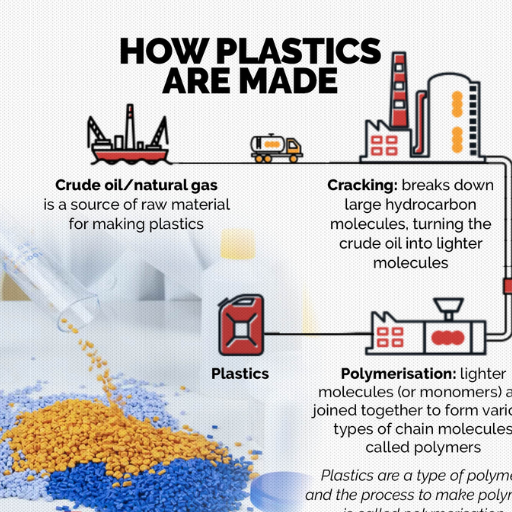
A wide variety of plastics can be produced from oil, with the most common being polyethylene, polypropylene, polystyrene, and polyvinyl chloride (PVC). These plastics are derived from petrochemical processes where oil is refined into basic hydrocarbons, which are then polymerized to create diverse materials. Each type serves distinct purposes, ranging from packaging and construction to automotive parts and household goods.
What are the most common polymers derived from crude oil?
The most common polymers derived from crude oil include polyethylene, polypropylene, polyvinyl chloride (PVC), and polystyrene. Polyethylene, the most widely used, is known for its versatility in applications such as plastic bags, bottles, and containers. Polypropylene is valued for its durability and is commonly found in automotive parts, textiles, and food packaging. PVC is extensively used in construction materials like pipes, window frames, and flooring due to its rigidity and resistance to moisture. Polystyrene, meanwhile, is lightweight and used in products such as insulation materials, disposable food containers, and packaging foam. These polymers are synthesized through refining and polymerization processes, forming the backbone of countless modern applications.
How do ethylene and propylene contribute to different plastic types?
Ethylene and propylene are fundamental building blocks in the production of various plastic types, as they serve as primary monomers in polymerization. Ethylene is predominantly used to create polyethylene (PE), which is highly versatile and exists in forms like high-density polyethylene (HDPE) for items such as pipes and bottles, and low-density polyethylene (LDPE) for flexible packaging and plastic bags. Propylene, on the other hand, is the key precursor for polypropylene (PP), a plastic valued for its durability and resistance to heat and chemicals, making it ideal for applications like food containers, automotive parts, and textiles. Together, ethylene and propylene not only define the material properties of these plastics but also drive their widespread applications, highlighting their importance in the plastic manufacturing industry.
What are the properties of oil-based plastics?
Oil-based plastics are known for their versatile and durable properties. They are lightweight yet strong, making them ideal for both flexible and rigid applications. These plastics are often chemically resistant, meaning they can withstand exposure to various acids, bases, and solvents without degrading. Additionally, many oil-based plastics, such as polypropylene and polyethylene, have excellent moisture barriers, which is why they are widely used in packaging. However, their production and disposal can contribute to environmental concerns, as they are derived from non-renewable resources and degrade slowly in nature.
Can plastic be made without oil?
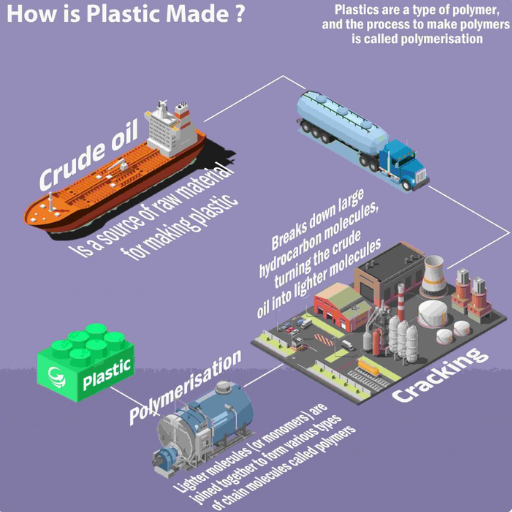
In fact, oil is not essential for the production of plastics. Researchers and manufacturers are increasingly interested in biobased plastics derived from renewable resources like corn, sugarcane, or algae. Bioplastics can help mitigate challenges associated with fossil fuel dependency and environmental sustainability. Additionally, some of the bioplastics are intended to be compostable or biodegradable, thereby solving the issue of plastic waste. Still, there remain issues such as overcoming the scale and cost factors while maintaining environmental sustainability in the production process.
What are bioplastics and how are they different?
Bioplastics are a type of plastic derived from renewable biological materials such as plants, starches, or microorganisms, rather than conventional fossil fuels. They fall into two primary categories: bio-based plastics, made from biological sources, and biodegradable plastics, designed to break down under specific conditions. Some bioplastics are both bio-based and biodegradable, while others may be one or the other. The key differences between bioplastics and traditional plastics lie in their origins and, in some cases, their end-of-life processes. Unlike traditional plastics, which rely on petroleum, bioplastics can reduce carbon emissions and reliance on non-renewable resources. Additionally, certain bioplastics decompose more easily, minimizing long-term environmental waste impact, though proper facilities are often required for effective biodegradation.
Are there alternative feedstocks for plastic production?
Yes, numerous alternative feedstocks are emerging in the pursuit of sustainable plastic production. These include renewable sources such as corn starch, sugarcane, and vegetable oils, which are commonly used to produce bioplastics like PLA and PHA. Additionally, agricultural and food waste, such as potato peels or discarded biomass, is being explored as a viable option. Even more innovative sources, like algae and carbon dioxide, are showing promise as feedstocks, offering solutions that not only reduce reliance on fossil fuels but also recycle waste materials or captured emissions in the process. These alternatives highlight the growing shift toward a circular and sustainable materials economy.
What is the future of non-petroleum-based plastics?
The future of non-petroleum-based plastics lies in advancing sustainable innovations to meet global demands while addressing environmental challenges. Novel bioplastics derived from renewable sources, such as corn, algae, and even captured CO2, are expected to evolve with enhanced cost efficiency and performance characteristics. Furthermore, governments and organizations are increasingly implementing policies and investments to bolster research and development in this field. Technologies like 3D printing and chemical recycling are also becoming integral, offering ways to minimize waste and repurpose materials. Scaling production and refining biodegradability standards will play a crucial role in making non-petroleum-based plastics a mainstream alternative, accelerating the shift towards a greener and circular economy.
How much oil is used in plastic production globally?
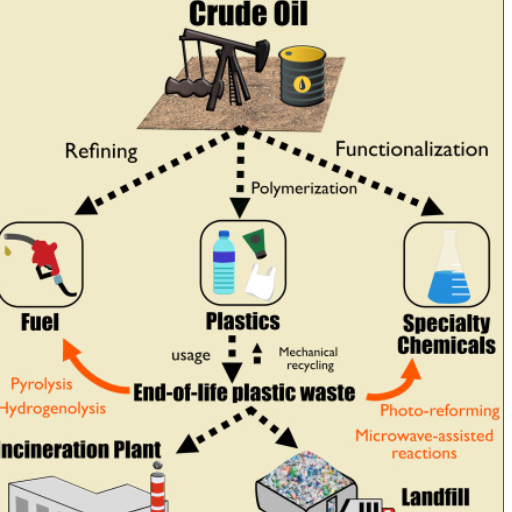
Globally, approximately 8-10% of total oil production is used for plastic manufacturing. This includes both the raw material required as feedstock and the energy used in the production process. With increasing plastic demand, this percentage may rise, underscoring the need for sustainable alternatives to reduce dependency on fossil fuels.
What percentage of oil consumption goes into plastics manufacturing?
Plastics manufacturing accounts for roughly 4-8% of global oil consumption. About half of this is used as feedstock to create the primary raw materials for plastics, while the other half is used as energy for production processes. With current trends and rising demand, this percentage could increase further if measures to improve recycling and adopt sustainable materials aren’t prioritized.
How does plastic production impact the petrochemical industry?
Plastic production plays a pivotal role in driving the growth of the petrochemical industry. Petrochemicals, derived from oil and natural gas, are the primary raw materials for manufacturing plastics. With the rising global demand for plastic products across sectors such as packaging, construction, and automotive, the petrochemical industry has experienced substantial expansion. This growth strengthens its profitability and incentivizes continued investments in refining and extraction technologies. However, the industry’s reliance on non-renewable resources, paired with increasing scrutiny over environmental concerns, has prompted efforts to innovate in bio-based and recycled materials to ensure long-term sustainability.
What are the environmental concerns of using oil to make plastic?
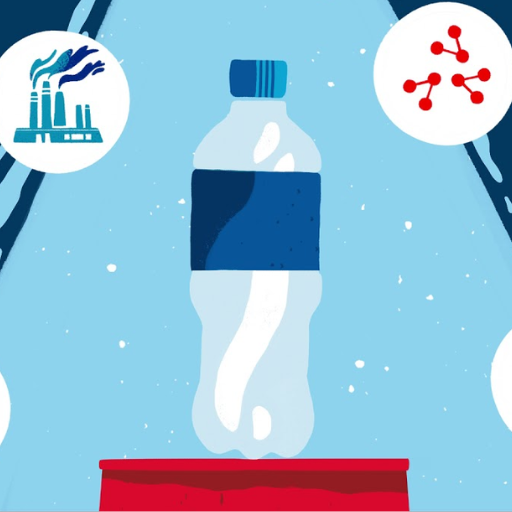
The environmental concerns of using oil to make plastic primarily stem from its reliance on non-renewable fossil fuels and the pollution generated throughout the production and disposal processes. The extraction and refining of oil release significant greenhouse gases, contributing to climate change. Furthermore, plastic waste often ends up in landfills or as pollution in ecosystems, where it can take hundreds of years to decompose. Additionally, the production and incineration of plastics release toxic substances that can harm both human health and the environment. These issues underscore the need for more sustainable practices and alternatives to conventional plastic production.
How does oil-based plastic production contribute to carbon emissions?
Oil-based plastic production significantly contributes to carbon emissions through various stages of its lifecycle. The extraction, transportation, and refining of crude oil for plastic production release substantial amounts of greenhouse gases, including carbon dioxide and methane. Manufacturing plastics requires energy-intensive processes, often powered by fossil fuels, further amplifying carbon emissions. Additionally, plastic waste management—whether through incineration or decomposition in landfills—releases additional carbon dioxide, and in some cases, methane. Overall, the reliance on fossil fuels at every step of production and disposal makes oil-based plastics a major driver of carbon emissions, underscoring the urgency of transitioning to greener alternatives.
What are the challenges in recycling oil-based plastics?
Recycling oil-based plastics presents several significant challenges. Firstly, the sorting process is complex because different types of plastics require separation due to their varying chemical properties, making contamination a major issue in recycling streams. Secondly, many plastics degrade in quality during the recycling process, limiting their usage to lower-grade products, a phenomenon known as “downcycling.” Thirdly, additives such as dyes, fillers, and flame retardants in plastics complicate their recycling because these materials must be removed, which is often technically and economically unfeasible. Lastly, the lack of standardized recycling infrastructure and the high cost of recycling compared to producing new plastics from virgin materials discourage widespread adoption. These challenges highlight the need for improved recycling technologies and systemic changes in how we produce and manage plastics.
Are oil-based plastics biodegradable?
A characteristic of oil-based plastics is their non-biodegradability, their durability, and the fact that they are resistant to decomposition. Such materials are made of synthetic polymers, which are structural components of plastics manufactured from fossil fuels. They are not susceptible to breakdown by microorganisms. In comparison to natural materials, oil-based plastics can persist in the environment for hundreds of years, which contributes to pollution and environmental degradation. Although some modern innovations such as enzyme-based solutions targeted at enhancing the biodegradability of plastics strive to strengthen the claim that such plastics are indeed bio-degradable, the vast majority of oil-based plastics remain non-biodegradable without specialized treatment. This emphasizes the necessity of reducing the use of plastics in favor of environmentally sustainable materials that are easier to recycle and more eco-friendly.
References
Frequently Asked Questions (FAQ)
Q: How much oil is used to make plastic?
A: Plastics are made from oil, specifically from the hydrocarbon components found in crude oil. The process involves using about 4% of the world’s oil production for the creation of plastic products.
Q: Can plastic be made without oil?
A: Yes, plastic without oil can be made using alternative materials such as bioplastics, which are derived from renewable sources like sugar and corn starch instead of petroleum products.
Q: What types of oil are used to make plastic?
A: Both light oil and heavy oil are used in the production of plastic, with ethane and propane being key fractions derived from the distillation of crude oil that serve as the basic building blocks for synthetic plastic.
Q: How are plastics chemically formed from oil?
A: Plastics are formed through a process where monomers such as ethylene are chemically bonded into chains called polymers. This involves the use of carbon and hydrogen, which are fundamental components of petroleum products.
Q: What is the role of oil refining in plastic production?
A: Oil refining plays a crucial role in plastic production by separating crude oil into various fractions. These fractions, such as ethane and propane, are then processed and chemically bonded to form plastics.
Q: Are there environmental concerns with using oil to make plastic?
A: Yes, using oil to make plastic contributes to environmental issues such as resource depletion, pollution, and waste. The production process requires a significant amount of heat and energy, and the resulting plastic waste can persist in the environment for thousands of years.
Q: How are bioplastics different from traditional plastics?
A: Bioplastics are made from renewable resources like sugar or corn starch, rather than petroleum. They can be designed to be biodegradable, reducing their environmental impact compared to traditional plastics made from oil.
Q: How does the energy information administration view the use of oil in plastic production?
A: The Energy Information Administration (EIA) provides data on how a fraction of oil consumption is dedicated to non-fuel uses, such as plastic production, highlighting the importance of oil refining in creating essential petroleum products.
Q: What happens to oil molecules during plastic production?
A: During plastic production, oil molecules, which are made up of carbon and hydrogen, are broken down and rearranged into new configurations. These configurations form the complex mixture of thousands of compounds that are chemically bonded into chains, producing the polymers used in plastics.

